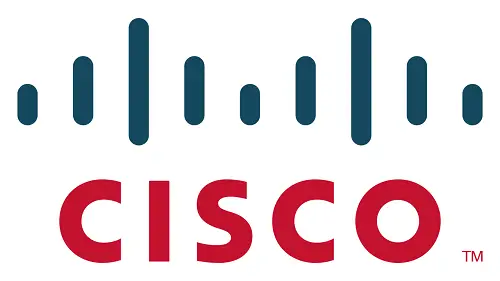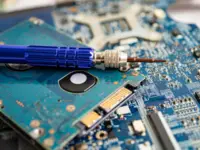The main objective of a network administrator is to efficiently and effectively maintain the network infrastructure of an organization which involves procurement of new hardware and software.
A network is nothing but a group of hardware and software components that connect devices within an organization. Hardware is the key to creating an effective network infrastructure.
An enterprise-level network is so designed to safeguard its system against potential threats and hardware plays a crucial role in enterprise network security. The hardware should run flawlessly for years without failing to maintain an efficient network infrastructure. For years, Cisco Systems has been the only leader in the networking space that specializes in network security and Internet of Things.
Though the multinational technology conglomerate has been the global leader of the networking space for ages, another name has surfaced in the run for both enterprise and service provider markets: Juniper Networks. Juniper is starting to make strides with its cost-effective and feature-rich product line that includes everything from routers and Ethernet switches to network management and security products. Network administrators are starting to praise Juniper’s networking products because of their efficiency and reliability. Juniper switches and routers are almost half the price of their Cisco counterparts. Though, Juniper is nowhere near Cisco in terms of market capitalization and revenues, it’s still managed to challenge the networking giant in service provider routing.

While Juniper managed to carve out a niche of the hardware market, Cisco still dominates the service provider router market and is the largest provider of enterprise-level networking solutions in the world. While both offer high-end networking products, Cisco holds a significant share of the switching market. With over 50 percent of market share, Cisco dominates the router space and with a market cap of over $150 billion, it still holds a lion’s share of the networking space. However, with some heavyweight backing and a fleet of core routers Juniper’s market share has increased dramatically over the years. Juniper also reported a significant growth in its switching revenues in the last couple of years.
This fierce rivalry, of course, puts a new network administrator in a tough position. After all, it’s his sole objective to design a flawless network that will last a lifetime. This makes it all the more difficult to choose between the two.
Cisco IOS vs. Juniper JUNOS
Cisco Internetwork Operating System (IOS) is a monolithic yet complex operating system that runs on almost all Cisco system routers and its current line of network switches. It’s a powerful operating system with a complex configuration language. It handles all data communications within the network infrastructure to improve the overall performance and efficiency of the system as a whole. It also offers a host of other services including authentication, encryption, QoS (Quality of Service), internetworking, intelligent routing, network security, and more. After all, IOS is the world’s most powerful networking software which manages more than half the networking space.
However, a system is not without its fair share of flaws. All the processes share the same memory allocation space because of which errors in one process can affect the others, which ultimately makes the system vulnerable. In addition, when a user wants to add more features or functions to the operating system, he has to deactivate the OS first before updating the firmware. Cisco is definitely feature-rich but evidently not robust enough to garner interoperability. This is where the JUNOS comes to the picture.

JUNOS, on the other hand, is an advanced end-to-end modular network operating system which single-handedly powers the Juniper’s entire fleet of network and security products. Every router and switch of Juniper runs the same JUNOS system. Primarily based on Unix-implemented FreeBSD, JUNOS powers some of the world’s most sophisticated networking systems. Unlike the Cisco IOS, all the processes in JUNOS run independently and are shielded from each other, segregating in a more protected memory space. This means vulnerabilities in one module will not affect the rest of the system. It also allows users to update features without having to deactivate the operating system altogether, thereby increasing operational efficiency.
Consistent UI vs. Disaggregated OS
While Cisco maintains a simple and straight-forward user interface across its various networking platforms such as IOS XR, IOS XE, and NX-OS in terms of network architecture. The IOS is so designed to deliver consistency across its product line and to overcome its flaws of the monolithic operating system while addressing enterprise-level networking requirements. JUNOS, on the other hand, remains a single yet disaggregated operating system that runs in a virtualized Linux environment which eventually allows for decreases operational expenses. JUNOS focuses on speed and reliability, giving users a slight edge over other networking systems. As a cohesive system, JUNOS allows its users to handle network operations with greater efficiency and flexibility.

Summary
While both the networking giants really excel at what they do – that is to provide enterprise-level networking and security solutions to build and maintain a flawless network infrastructure that will last a lifetime – one has quite an edge over the other in terms of market strategy. Though Cisco has been crowned as the global leader of the networking space for ages, Juniper is starting to gain a significant traction in enterprise-driven environments with its cost-effective line of networking products. While Cisco IOS maintains a consistent user interface, Juniper’s JUNOS maintains a single cohesive network operating system for better interoperability and increased efficiency.











Leave a Reply